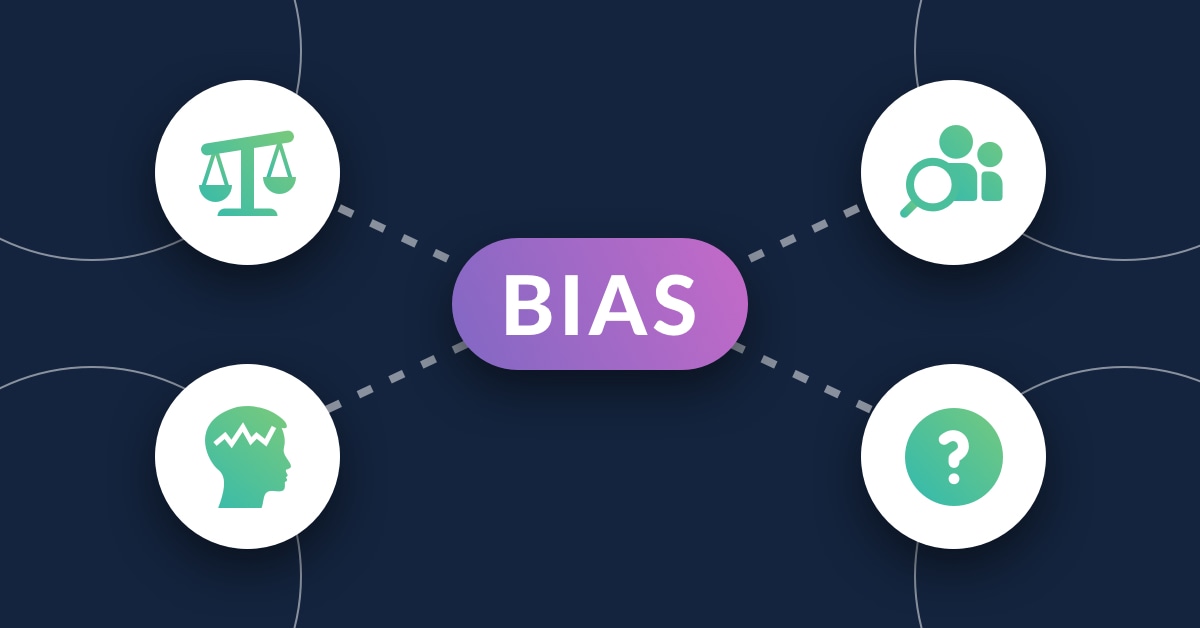Measuring Bias in Machine Learning: The Statistical Bias Test
This tutorial will define statistical bias in a machine learning model and demonstrate how to perform the test on synthetic data.
May 2020 · 6 min read
Topics
RelatedSee MoreSee More
blog
Understanding and Mitigating Bias in Large Language Models (LLMs)
Dive into a comprehensive walk-through on understanding bias in LLMs, the impact it causes, and how to mitigate it to ensure trust and fairness.
Nisha Arya Ahmed
12 min
blog
How to Ethically Use Machine Learning to Drive Decisions
Having good quality data requires strong data foundations, along with a commitment to monitoring models and removing bias.
Joyce Chiu
3 min
blog
What is Algorithmic Bias?
Algorithmic bias results in unfair outcomes due to skewed or limited input data, unfair algorithms, or exclusionary practices during AI development.
Abid Ali Awan
5 min
tutorial
Hypothesis Testing in Machine Learning
In this tutorial, you'll learn about the basics of Hypothesis Testing and its relevance in Machine Learning.
Nishant Singh
4 min
tutorial
An Introduction to Statistical Machine Learning
Discover the powerful fusion of statistics and machine learning. Explore how statistical techniques underpin machine learning models, enabling data-driven decision-making.
Joanne Xiong
11 min
tutorial
Machine Learning Experimentation: An Introduction to Weights & Biases
Learn how to structure, log, and analyze your machine learning experiments using Weights & Biases.
George Boorman
9 min
